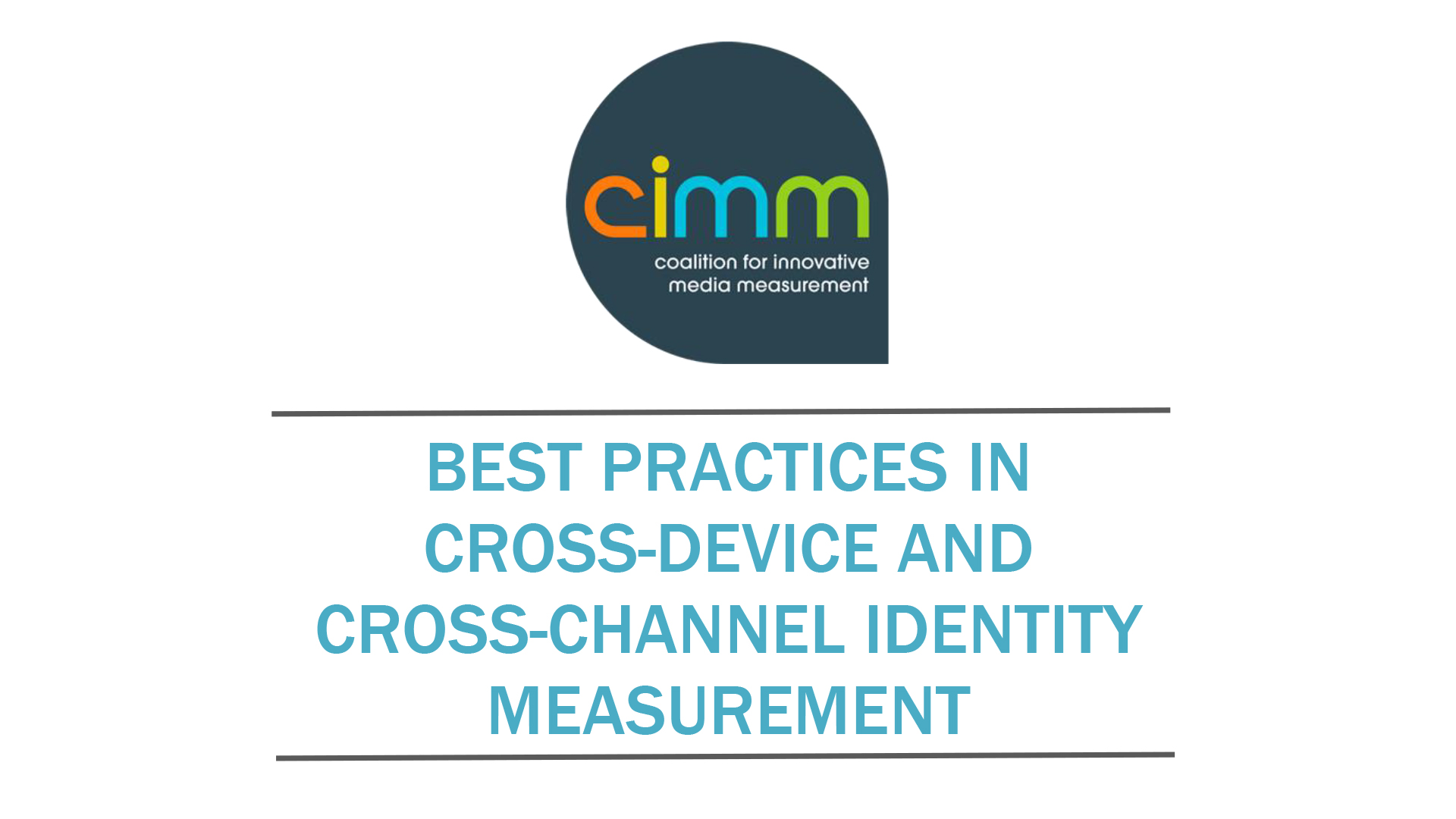Through developments in new technology, the advertising and marketing industry has
been moving closer and closer to what has been called “People-Based Marketing.”
Although it has been discussed for many years, the practice of mapping consumer
identities across all channels (online and offline) and digital devices (PCs, mobile phones,
tablets, smart TVs, etc.) has been, until recently, largely focused on matching personal
computer (PC) data to offline data and performed by a select number of brands.
In the past 18 months this practice has seen a dynamic rise in both importance and
adoption and has been driven by the explosion in consumers’ use of mobile devices.
This rapid expansion of digital media and other consumer touch points poses both
opportunities and challenges to advertisers. It offers them the opportunity to reach
consumers in a highly holistic, targeted, interactive mode (often referred to as Identity-
Based or People-Based Marketing), and challenges them to connect with consumers
and measure the impact of their advertising across the various touch points, while also
raising questions about how to respect consumer privacy.
The Coalition for Innovative Media Measurement (CIMM) commissioned this white
paper to better understand the census-based methods for establishing consumer identity
across multiple platforms and Internet-connected digital devices (including smart TVs) as
well as methods for linking offline and online behavior for the same household or
individual via links between home mailing addresses and IP addresses, e-mail addresses,
mobile phone numbers, landlines, device IDs, cookies, and so on.
The goal of this white paper is to provide the state of the art in “identity” technologies,
describe the landscape of different companies involved, and identify any areas for further
innovation by CIMM. To facilitate this objective, CIMM identified and conducted indepth
interviews with 20 key participants in the ecosystem over a three-month period
from July to September 2016. These interviews allowed CIMM to highlight best and
worst practices currently in the market as well as provide useful frameworks and
guidelines that brands could apply when conducting cross-device/cross-platform
exercises in consumer matching. Key Findings of this report include:
- Matching consumers across devices and platforms is currently top of mind with
US marketers. In a recent survey, nearly 70% of US digital marketers and media
practitioners cited cross-device audience recognition as a topic that would
command most of their attention in 2016.
- Truth File access and data points on which solution providers match are the key
variables influencing match rates.
- Key measures to understanding the true implication of match rates are accuracy
and precision, followed by reach and scale.
- Beyond simply focusing on overall match rates, marketers must ensure they
understand the individual data points that contribute to those matches and their
respective strengths and weaknesses.
- For marketers to maximize and better understand how they can increase the
impact of any identity-based marketing campaign, they need to have a firm grasp
on how providers weigh and balance data in their various graphs, and they need to
know how to measure the ability of those graphs to target the correct consumers
across devices and platforms.
- Ad tech companies that provide services to help match consumers across devices
present marketers with a confusing, overlapping ecosystem of offerings to
navigate. This appears unlikely to change over the next 12 to 18 months.
- The intersection of increased government scrutiny and heightened consumer
concerns around privacy requires marketers approaching identity-based marketing
to have a deep understanding of the data sources they are working with and how
they do or do not protect consumer privacy.
- Areas that require additional focus by and across industry bodies include:
industry-level education in terms of best practices for identity matching and
assessment of data quality, stronger clarity and standards about protecting
consumer privacy, and industry standardization around definitions of key
measures and agreement on how they should be calculated.



